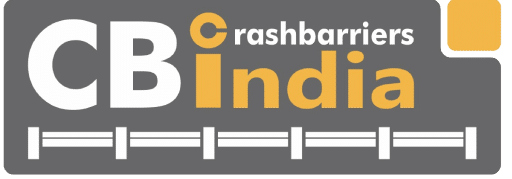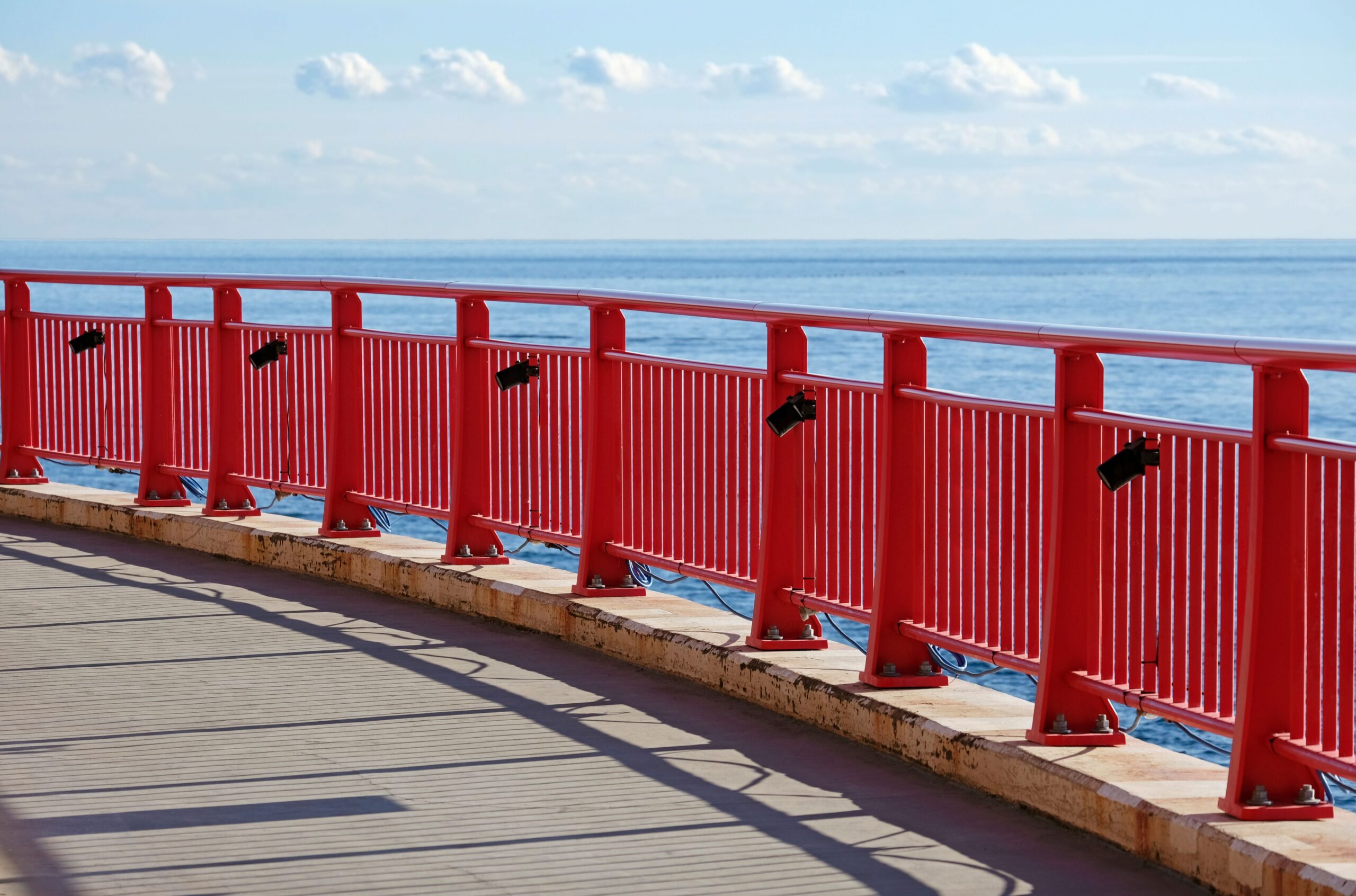Crash Barrier in Bridge & Highways – Secure Your Project with the Best
Do you know National highways cover 4.9% of the total Indian road network but contribute 59.1 % of total accidents.
This happens because speed limits on highways are high and people don’t drive under control. They forgot speed limitations and caused accidents. For such instances, a crash barrier is very much needed on the roads to save public life and reduce fatality of the accidents as much as possible.
If you are someone of higher authority responsible for crash barrier installations, Civil contractors, project engineers, or Safety auditors. You should know the technical specification of quality crash barriers. You are responsible for people’s lives. You should know your decision can affect the lives of many people so always look for the best crash barriers suppliers with certified barriers.
This blog is aimed to help you choose a suitable barrier based on site, type and standard.
What is a crash Barrier and How does it work?
Crash barriers come in many forms and you can easily spot them on roads if you are looking for them. We usually ignore crash barriers but they are important safety elements incorporated by the government. They are now an important part of road infrastructure. It helps vehicles from veering off roads and bridges.
It works on the principle of physics and absorbs the force of the impact. It disperses the impact and breaks down from it, thus saving passengers from facing the brunt force of the accident. Elevated roads need stronger barriers so that vehicles don’t just roll over and fall after the accident. It helps with them staying connected to roads and increasing mortality of the passengers.
Where Are Crash Barriers Typically Installed on Highways and Bridges?
There are many places which need crash barriers placed on highways and roads. For different situations and different terrains a perfectly suited crash barrier will work as it is intended to do. Over highways and bridges these barriers are necessary in these places:
- Curves and bends – Blind curves and bends many times cause accidents when people don’t know what’s ahead so for instance these curves and bends need to have barriers. They are more prone to accidents too.
- Steep embankments and Slopes – Most of the vehicles lose control over steep embankments and slopes which makes them a hot spot for crashes so they are important places for barrier installations.
- Bridges and Flyover – If an accident occurs on elevated platforms and vehicles fall off then it will severely compromise passengers safety. That’s why barriers are important to them.
- Hill roads and accident prone zones – Strong barriers are needed on curvy hill roads and accident prone zones like really sharp turns and highly elevated lands.
Which crash barriers work well for Indian roads?
As I said, different terrains have different crash barriers made specifically for them. So knowing Indian terrains these are the crash barriers you can consider for these terrains:
W Beam Crash Barrier
- These barriers are made of galvanised steel. They are strong and have a metal wavy structure. They are semi rigid barriers.
- They are normally used on plains and little hilly areas. Highways, bridges and median drivers are places you can commonly see them in.
- They have moderate impact absorption and thus are not suitable for really high speed areas.
- They are best for medium or long road projects with slow to medium speed traffic. Not very suitable for risky zones.
Thrie Beam barriers
- These barriers are just an upgraded version of the W Beam barrier with a thrice reinforced wavy structure.
- They are more efficient and durable than normal vehicles. That’s why they are ideal for high-speed roads like highways and expressways.
- They have higher impact absorption than W Beam barriers and are more effective making them more expensive too.
- These barriers are best for medium to long road projects. They are best for hilly areas, steep corners and expressways.
Concrete Barriers
- They are rigid barriers making their impact absorption very high. They are F-shaped completely made of concrete making them very heavy.
- They don’t require frequent replacements or maintainance. They are heavy duty and very durable. They don’t deform easily.
- These barriers are very suitable for high speed areas, Crash prone zones and narrow median. They are very good for restricting entries on under construction paths.
- These barriers are not recyclable, deform from weathering and aren’t practical for long roads as concrete is more expensive.
What are the Crash barrier Standards in India
In India, crash barrier standards are set by IRC(Indian Roads Congress) and MORTH(Ministry of Road Transport and Highways).
- IRC SP:84 provides guidelines for expressways, focusing on proper barrier design and installation to ensure safety.
- IRC:6-2017 covers the load capacity of barriers, ensuring they can handle heavy impacts.
- MORTH Clause 809 gives specific details on metal beam barriers, including strength and installation methods.
The Bureau of Indian Standards (BIS) certifies materials used in barriers, ensuring they meet safety standards. For high-end projects, AIS-083 and EN 1317 crash tests are required to check how well barriers perform in real-life crash situations.
How to choose the right Crash barrier for your Project?
Choosing a crash barrier is quite confusing but if you organise it on this basis then you can find a barrier which is most suited for your project. Consider these following factors:
- Speed of Traffic – This is a major point which you should consider. For higher speed roads use stronger barriers
- Volume and Vehicle – For roads which have high volume and large vehicle Metal barriers are suitable.
- Terrain – Carefully consider the terrain and use appropriate barriers for terrain.
- Budget and durability – Even if you are on a tight budget don’t Compromise with quality and contact CrashbarriersIndia for proper consultations.
Conclusion
Choosing the right crash barriers is critical to ensuring road safety, especially on highways and bridges where accidents are more likely. Properly installed and certified barriers like W Beam, Thrie Beam, and Concrete barriers help absorb impact, prevent vehicles from veering off the road, and reduce fatalities. As a civil contractor or safety auditor, it’s essential to adhere to IRC, MORTH, and BIS standards to ensure the barriers are effective and reliable.
By selecting the right barriers, you’re not only protecting lives but also reducing maintenance costs and ensuring the safety of drivers on high-risk roads. Don’t compromise on quality—ensure that your project meets the highest standards of safety and durability.
Ready to make your project safer? Contact us now for the best certified crash barriers that meet all safety requirements. Secure your project and protect lives today!




Add Comment